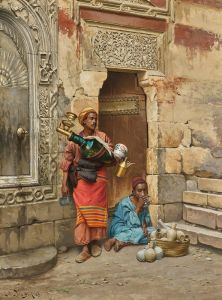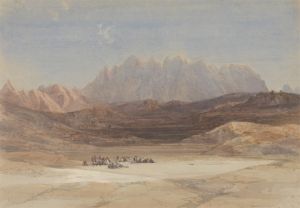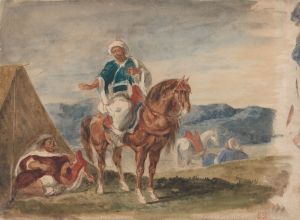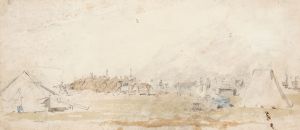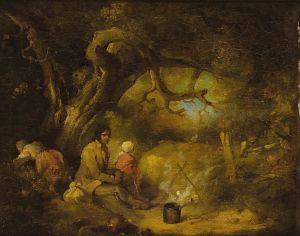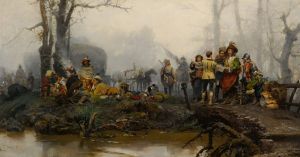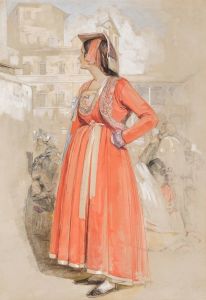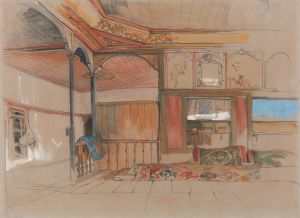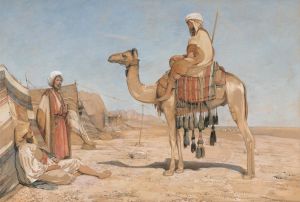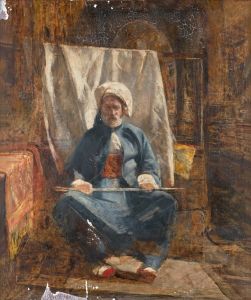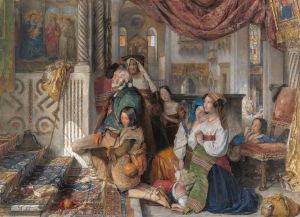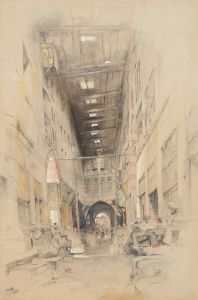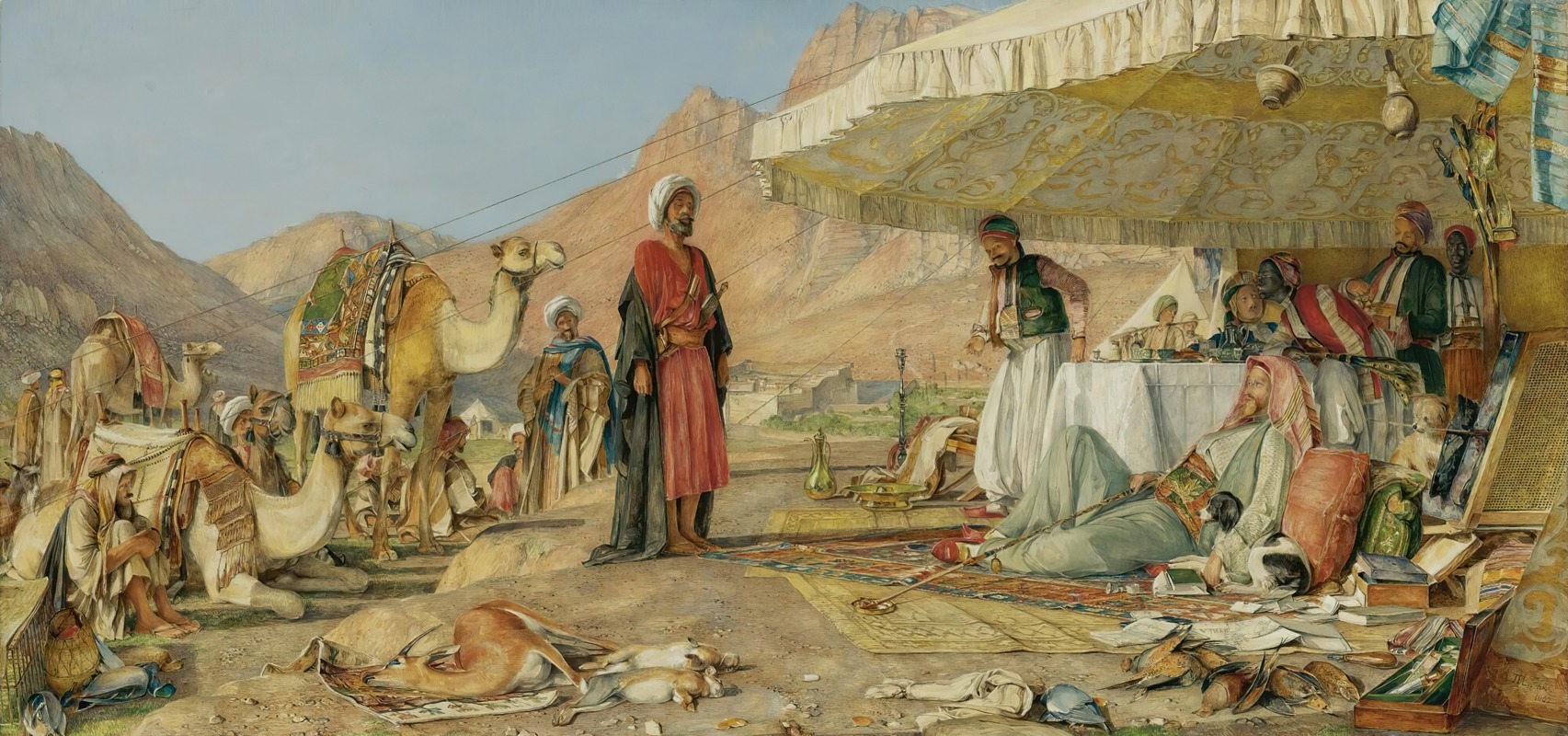
A Frank Encampment In The Desert Of Mount Sinai, 1842
A hand-painted replica of John Frederick Lewis’s masterpiece A Frank Encampment In The Desert Of Mount Sinai, 1842, meticulously crafted by professional artists to capture the true essence of the original. Each piece is created with museum-quality canvas and rare mineral pigments, carefully painted by experienced artists with delicate brushstrokes and rich, layered colors to perfectly recreate the texture of the original artwork. Unlike machine-printed reproductions, this hand-painted version brings the painting to life, infused with the artist’s emotions and skill in every stroke. Whether for personal collection or home decoration, it instantly elevates the artistic atmosphere of any space.
John Frederick Lewis's painting A Frank Encampment in the Desert of Mount Sinai, 1842 is a notable work by the British Orientalist artist, created during a period when he was deeply influenced by his travels in the Middle East. Lewis, known for his meticulous attention to detail and vibrant depictions of Eastern life, painted this work after his journey to Egypt and other parts of the region in the 1830s and early 1840s.
The painting portrays a European, or "Frank," encampment set against the dramatic and arid landscape of Mount Sinai, a location of significant religious and historical importance. The term "Frank" was historically used in the Middle East to refer to Western Europeans. The scene likely reflects the experiences of European travelers or explorers in the region during the 19th century, a time when the Middle East was a popular destination for Western adventurers, scholars, and artists.
Lewis's work is characterized by its precise rendering of textures, fabrics, and architectural details, as well as its vibrant use of color. In this painting, he captures the interplay of light and shadow in the desert environment, emphasizing the stark beauty of the Sinai landscape. The figures in the painting, their attire, and the objects around them are depicted with a level of accuracy that suggests Lewis's careful observation of local customs and material culture during his travels.
The painting reflects the broader 19th-century European fascination with the "Orient," a term used at the time to describe the cultures and landscapes of the Middle East, North Africa, and parts of Asia. This fascination was often romanticized, and Orientalist art like Lewis's sought to capture the exoticism and allure of these regions as perceived by Western audiences. However, Lewis's work is often noted for its respectful and detailed portrayal of Eastern life, setting him apart from some of his contemporaries.
A Frank Encampment in the Desert of Mount Sinai, 1842 is housed in the Victoria and Albert Museum in London, where it remains an important example of 19th-century Orientalist art. The painting continues to be studied for its artistic merit and as a historical document reflecting the cultural interactions and perceptions of its time.





